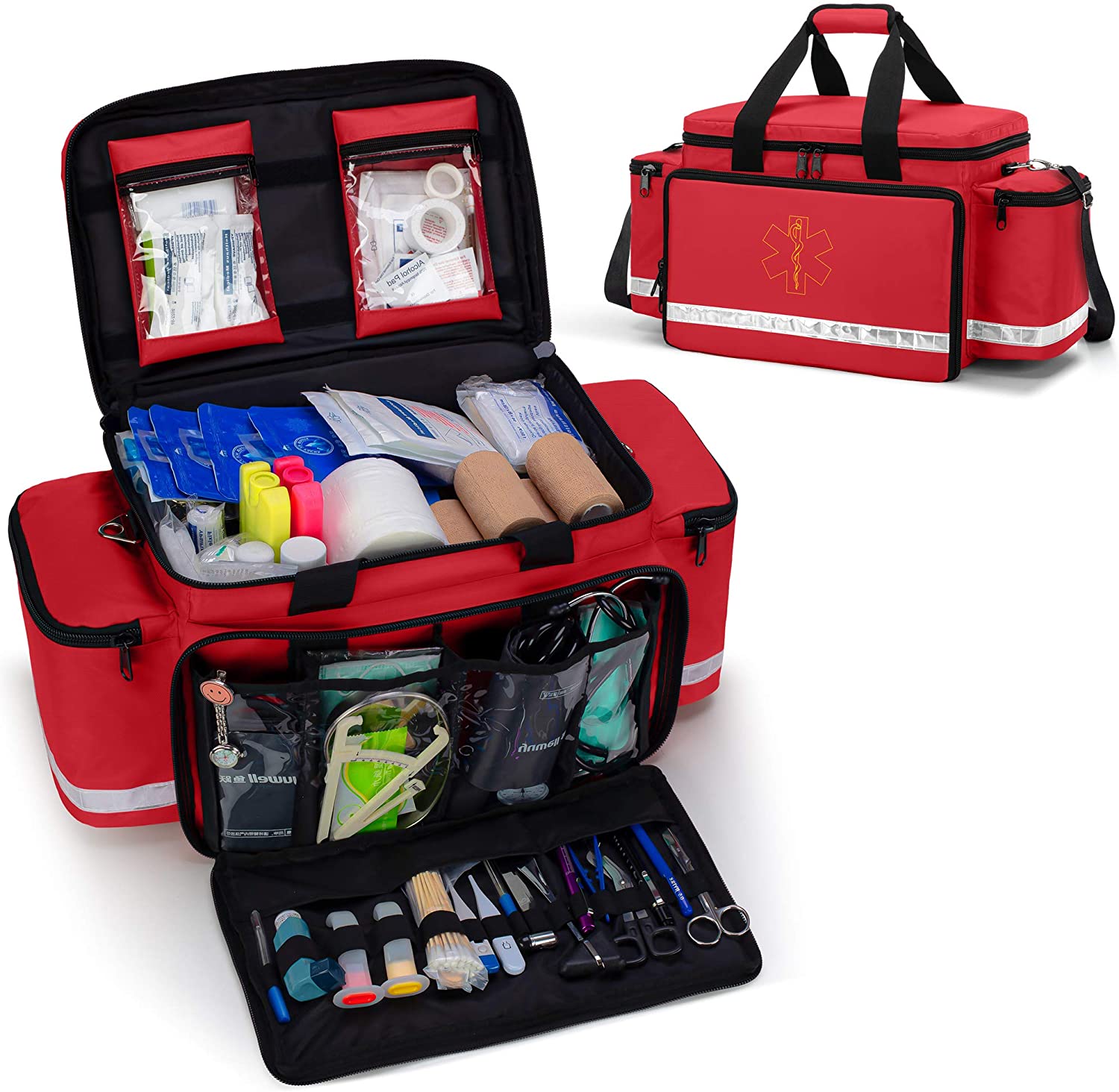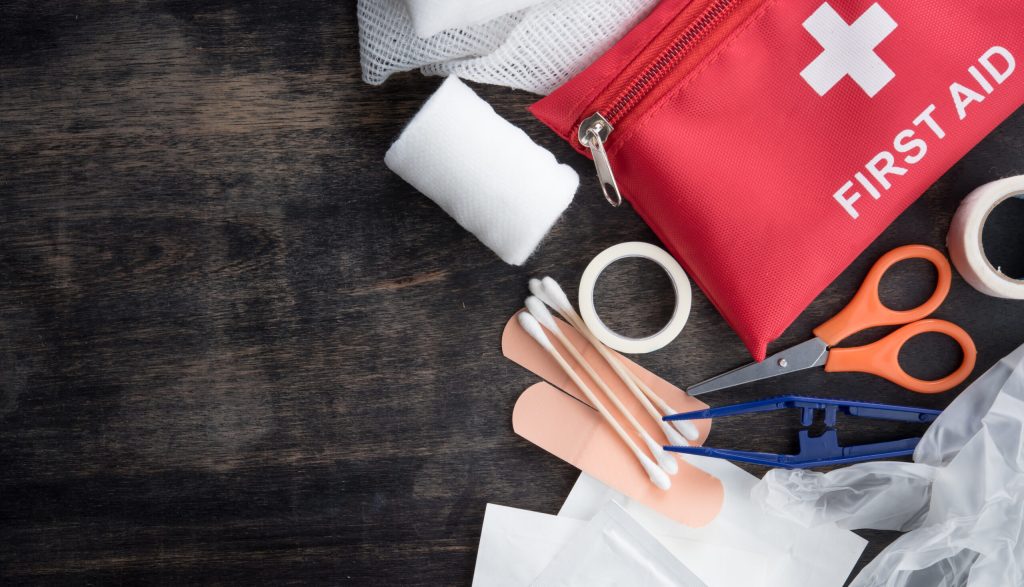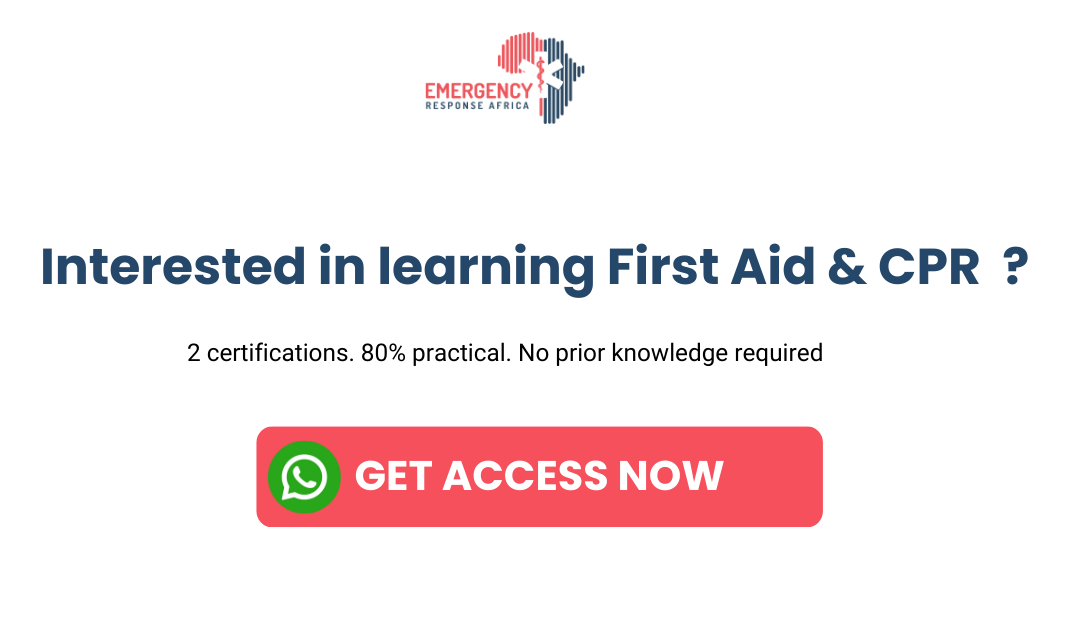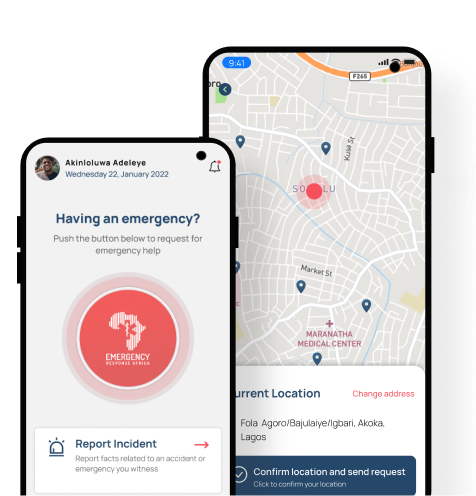Having a knowledge of first aid basics could save someone’s life or your own life. These skills are easy to learn and recall in emergency situations. Basic skills like CPR, setting a splint, and stopping bleeding in dire situations, are important life skills.
First Aid Basics
First aid is the immediate care given to a person who has been injured or suddenly taken ill. It includes home care if medical assistance is not available or delayed. First aid basics also include well-selected words of encouragement, evidence of willingness to help, and promotion of confidence by demonstration of competence.
Understanding some first aid basics could help to save lives and keep someone safe until the emergency services arrive. However, 85% of adults lack the knowledge and confidence to act if someone requires first aid, which shows that more needs to be done to spread this life-saving knowledge.
ABCs of First Aid
If someone is unconscious or unresponsive, the basic principle of first aid that you need to know is ABC: airway, breathing, and circulation.
-
Check for consciousness
-
Check for airway
-
Check for breathing
-
Check for circulation of blood
-
Call For Medical Assistance and Transfer Facility: You will have enough time to call for specific medical advice before administering first aid in some emergencies. But in some situations, you will need to attend to the victim first.
-
Phone First and Phone Fast: Both trained and untrained bystanders should be instructed to call for Medical Assistance like Emergency Response Africa as soon as they have determined that an adult victim requires emergency care “Phone First”. For infants and children, a “Phone fast” approach is recommended.
RELATED SERVICES

General directions to give first aid
Responsibility of a first-aider in the management of casualty.
- Assessment of the situation
- Identify the problem
- They are responsible for giving immediate and adequate treatment, bearing in mind that a casualty may have more than one injury and that some casualties will require more urgent attention than others (to give priority).
- Arrangements for the transport of casualty according to the seriousness of his/her condition without delay accompanied by a brief written report.
Accessing Level of Consciousness
Recognition of any change in the level of consciousness is important.
- Full consciousness- the casualty is able to speak and answer questions normally
- Drowsiness- the casualty is easily aroused but lapses in to unconscious state
- Stupor –the casualty can be roused with difficulty, aware of painful stimuli. E.g. pin prick, but not of other external elements like being spoken to.
- Coma – cannot be roused by any stimuli.
In general make full use of your senses to obtain maximum information (Look, smell, listen and touch).
Action: – If the cause of the condition is still active, remove the cause.
E.g. a lodging of wood on the casualty leg, contaminated clothing or removing the causality from the cause, such as traffic, fire, water, or poisonous fumes. etc.
RELATED SERVICES
Roles of First Aider
- Be calm, take charge and be confident
- Talk, listen and reassure the conscious casualty
- Check the safety of the casualty and of yourself and check for breathing, bleeding and level of consciousness.
- Get others to help.
Where to Get First Aid Training
Taking formal first aid and CPR training will help you become familiar with doing first aid, chest compressions, rescue breathing, and using an AED. You can enroll for courses from Emergency Response Africa which can be both remote or physical training.
Basics of First Aid in Workplace
Most injured or ill workers are able to return to their place of assignment primarily because they are given appropriate and timely first aid followed by the best medical care possible. Therefore, all employees and employer must remember the first aid basics.
-
Check for BREATHING: Lack of oxygen intake (through a , brain damage or death in few minutes
-
Check for BLEEDING: Life cannot continue without an adequate volume of blood to carry oxygen to tissues
-
Check for SHOCK: Unless shock is prevented, first aid performed, and medical treatment provided, death may result even though the injury would not otherwise be fatal.
How to do a Primary check of the Victim
In every emergency situation, you must first find out if there are conditions that are an immediate threat to the victim. It is a systematic method of gathering additional information about injuries or conditions that may need care.
- Interview the victim
- Check vital signs
- Perform head-to-toe examination.
Discover premium emergency response service with ERA
Now that you know a little more about first aid basics, the general first aid techniques, the role of the first aider and when you might be required to use them, it’s time to continue your learning journey.
At ERA (Emergency Response Africa) our services such as ambulance, first aid and CPR training alongside other health initiatives, promote longevity at a considerable cost.




